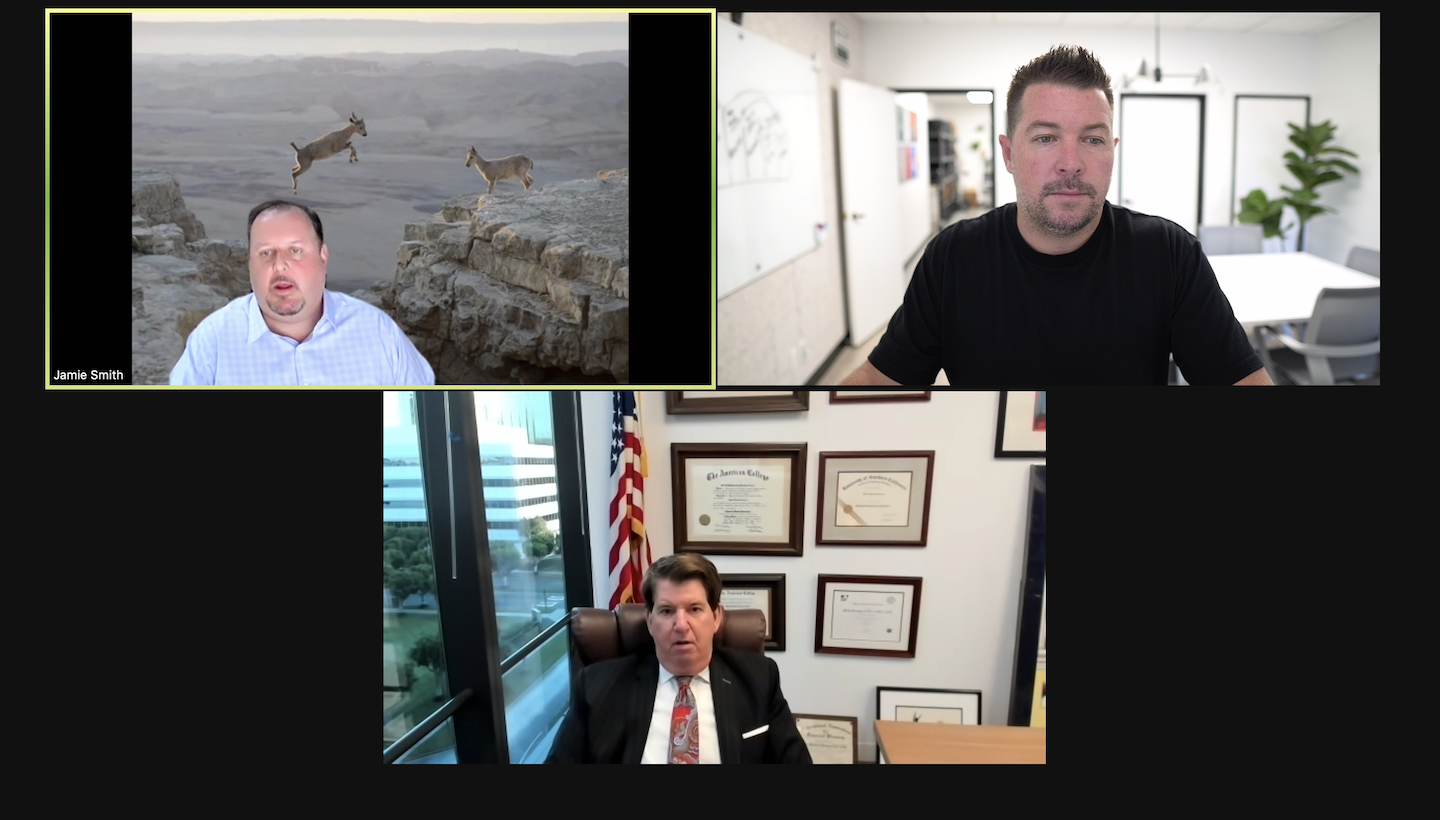I’ve found that meetings are a great way to fill up my calendar so I look productive while leaving me frustrated at how little time I get to spend actually getting things done.
If that statement resonated with you, then keep reading.
This article will give you 3 easy hacks that you can use to help you cut the amount of time you spend in meetings in half.
PRO TIP: Read the follow-up post ‘6 tips to double the impact of every meeting‘
1. Change your meeting mindset
I realized that I was saying ‘yes’ to far too many meetings because I wanted to be polite, without valuing my own time.
In doing so, I was either taking time away from other more important things (i.e. projects, family, etc.), or neglecting things that would proactively help myself and my team.
In other words, the choice wasn’t to be polite by saying ‘yes’ or to be rude by saying ‘no’. The choice was to say ‘no’ to whoever was requesting a meeting or to say ‘no’ to myself, my family, my projects, and my team.
Once this became my meeting mindset, I started to value my own time and it became a lot easier to say ‘no’ to meetings unless I felt they provided more value than I could get by spending that time another way.
Saying ‘no’ isn’t always easy so hack 2 will show you how to do this without looking like a jerk.
2. Require an agenda with topics before you accept any meeting
Last week, I got a request for a “quick phone call to share some exciting news” from one of my business vendors. In the past, I would have begrudgingly accepted the phone call to keep the relationship.
But with my newfound meeting mindset, I responded with the following:
“I’m happy to hear about the exciting new news. Are you able to email me bullet points prior to a phone call? I’m trying to eliminate any unnecessary meetings or phone calls to protect my time.”

This probably won’t shock you, but she sent a list of 6 bullet points, which were all exciting, and were easily understood from a simple email. There was no follow-up phone call or meeting needed.
I’ve found that when requiring an agenda with topics before accepting any meeting or phone call, two things will happen.
First, many people realize they didn’t have a clear agenda or objective in mind (or they’re too lazy to put it together), so they never send it. And since I won’t accept the meeting until I have an agenda, the meeting goes away on its own.
Second, the meeting was just an update and a simple email will share all relevant information without the need for any meeting. Sometimes it will require a few back and forth emails, but I’ll take that over an unnecessary meeting any day.
In the rare case that an agenda with topics is sent, and a meeting is still required, I’ll set the meeting and I find that everyone is far more prepared heading into the meeting.
The best part is that once you establish this requirement before accepting any meeting, your meeting requests will start to decline significantly because your team will self-moderate before asking you for any meetings.
3. Cancel every recurring meeting, then add it back if it’s still needed
Recurring meetings are oftentimes the biggest culprit for meaningless or inefficient meetings.
When they first get set, they generally have a clear purpose and can be a great use of our time. However, over time, they tend to devolve into meetings that have far too many people involved and fail to have the same significance they had when they were first set.
Here’s the easy way to make sure you’re not spending any wasted minutes of your day in recurring meetings.
First, go through your calendar and identify and delete every recurring meeting.
Then, reach out to the other participants and intentionally decide if you should add it back to your calendar (i.e. keep it going).
If you decide to add it back to your calendar, make sure you the participants answer these questions before adding it back:
– Do we need to have the meeting as often as we’re currently having it?
– Should we reduce the time allotted for the meeting?
– Should we change the agenda to more accurately represent our desired outcomes?
– Can any updates or parts of the meeting be converted to email announcements and sent prior to the meeting?
– Do we still need the same people at the meeting?
– Does everyone invited need to be at the entire meeting, or can some people only be there for the parts they’re needed?
– How can we improve this meeting moving forward?
Most likely, you will be able to cut your recurring meeting time in half by going through this exercise. Then set a calendar reminder to do this same exercise every three months.
BONUS: Now that you’re only taking the most important and necessary meetings, here are six actionable items to make sure you’re having great meetings.





